Accelerating the Robot Dream
Empowering robot innovation, providing full-cycle development services, reducing costs, and accelerating the commercialization process.
Contact Us +

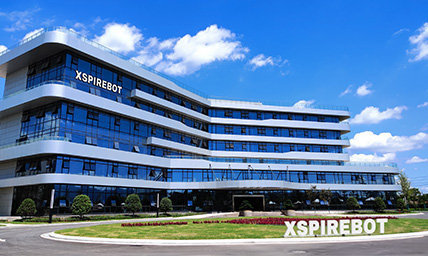
Henan Xspirebot
Xspirebot specializes in the design, production, and servicing of robot platform solutions.
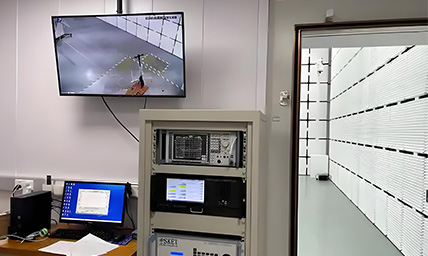
Quality Control
A comprehensive quality control system that manages everything from raw materials to finished products.

Service & After sales
24-hour after-sales service. Please do not hesitate to contact us if you have any questions.

Download
XspireBot provide downloads of product catalogs, product solutions, and user manuals.

Key Member
Ten years of mass production experience and 32 patents in motion control.
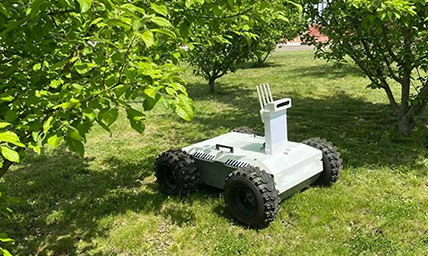
Agricultural Industry
Agricultural robot chassis assists you in field operations such as sowing, spraying, and harvesting.
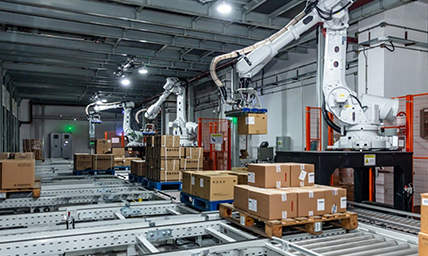
Manufacturing Industry
Industrial robot chassis assist you with tasks such as material handling, assembly, and quality inspection.
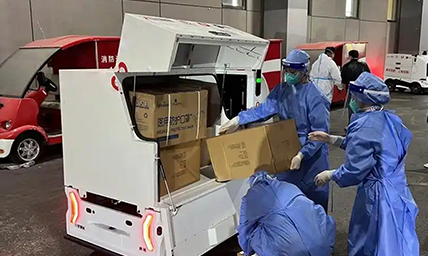
Transportation Industry
Autonomous transport robots that can deliver goods around the clock in urban and industrial environments.
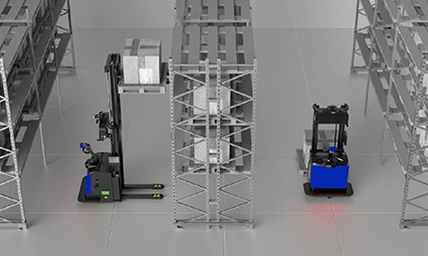
Warehousing Industry
Unmanned transport robots enable full autonomy in cargo stacking & transfer within IoT logistics.
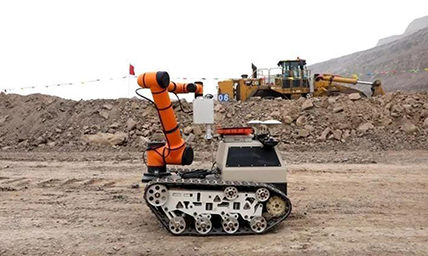
Inspection Industry
Autonomous 24/7 patrols at power facilities, industrial sites, data centers, and other locations.
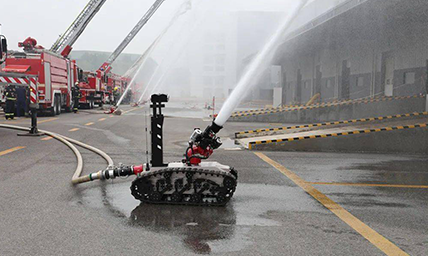
Firefighting Industry
Autonomous fire detection & suppression in high-risk environments: high-rises, chemical plants, and data centers.
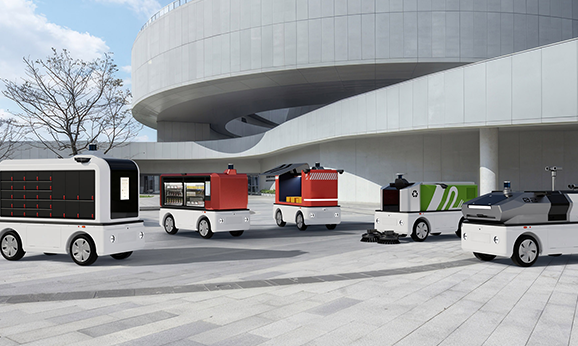
Robot Chassis
Xspirebot offers chassis for indoor and outdoor mobile robots suitable for different terrains.
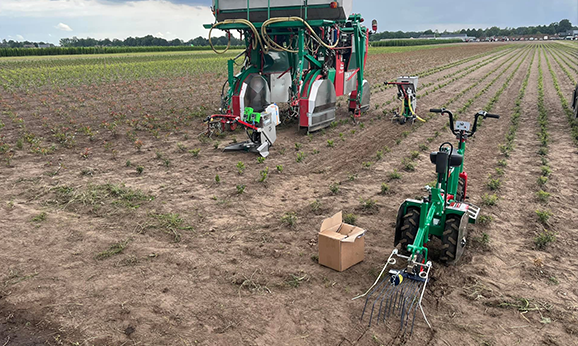
Motors
Drive motor designed for mobile robot chassis, applied to mobile robot platform & agricultural robot chassis.
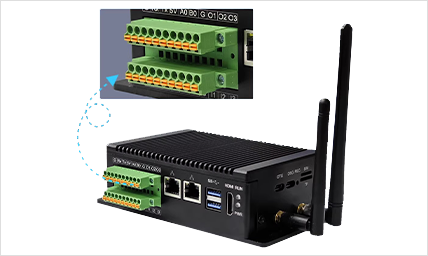
Controller/Drive
The controller can control the robot chassis's movement, positioning, obstacle avoidance, path planning, and other motion functions.
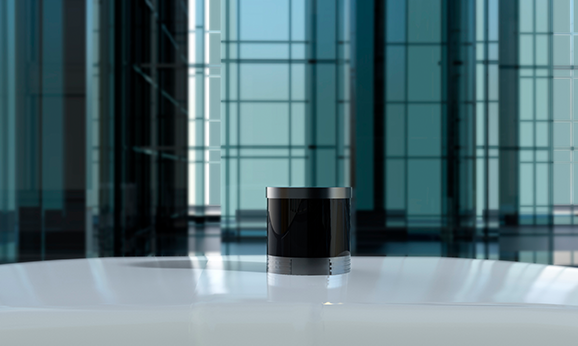
Sensor
Xspirebot offers advanced sensors for autonomous robot platforms: cameras, ultrasonic radar, LiDAR, IMU, & IINS.

Electric Motor Axle
Xspirebot adapts electric transaxle load, power output, & layout to meet customer needs.
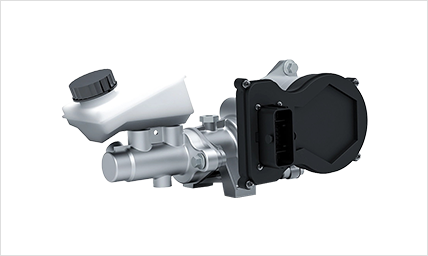
Wired Components
Line control braking & steering enhance vehicle control efficiency & precision via electronic signals.
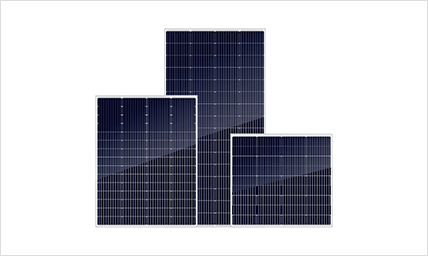
Energy
Solar panels & batteries offer flexible solutions, letting you choose components to suit your needs.
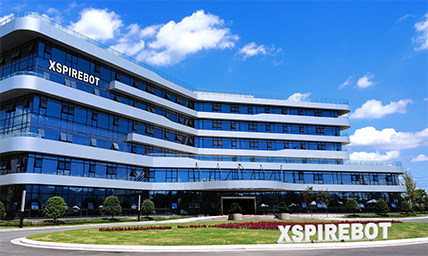
Company News
Xspirebot is committed to helping our customers reduce development costs, shorten the R&D cycle, and accelerate the mass production process through platformized and modularized architectural design and standardized production processes.
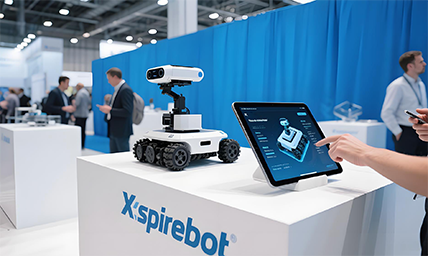
Exhibition News
Xspirebot is committed to helping our customers reduce development costs, shorten the R&D cycle, and accelerate the mass production process through platformized and modularized architectural design and standardized production processes.
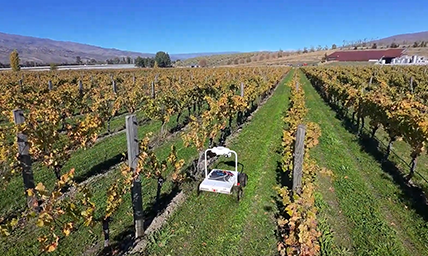
Industry News
Xspirebot is committed to helping our customers reduce development costs, shorten the R&D cycle, and accelerate the mass production process through platformized and modularized architectural design and standardized production processes.
Differential Chassis
Differential Chassis: The “Universal Key” for Mobile Robots
Behind the demands for dynamic obstacle avoidance, complex navigation, and high-precision positioning, the differential chassis remains the preferred choice for most customers. By utilizing the speed difference between the left and right wheels to achieve stepless steering, it addresses diverse challenges from factories to battlefields with its simple mechanical structure. Whether it's a logistics robot that needs to operate 24/7 or search and rescue equipment deployed in disaster zones, the differential chassis delivers high fault tolerance and strong scalability, making it the core power source for intelligent mobility.
Act now to secure your lead in intelligent mobility.
A differential chassis is a common mobile robot chassis design, where motion control is achieved through the difference in speed between the left and right drive wheels (usually paired with a gimbal or follower wheel to maintain balance). The core principle lies in the use of differential gears or independent motors , which adjust the rotational speed of each side’s wheels to achieve steering, eliminating the need for complex mechanical steering mechanisms (e.g., Ackermann linkage).
This design enables robots to flexibly adjust their heading direction, such as performing zero-radius turns by keeping one side wheels stationary or rotating it in reverse, allowing the robot to spin in place. It is especially well-suited for Outdoor Inspection Robots, Educational and Research Platforms, Industrial and Agricultural Equipment, Logistics.
Our chassis product is built on a modular architecture, designed to meet the demands of logistics, agriculture, special-purpose applications, and education. It provides standardized mechanical interfaces, electrical connection solutions, and open communication protocols, ensuring rapid integration with a wide range of upper-mounted equipment, such as cargo boxes, robotic arms, sensors, and operational tools, to fulfill customized requirements across different sectors.
Advantages
1. In-Place Turning and Flexible Obstacle Avoidance
Zero-Radius Turning: By controlling the left and right wheels to rotate in opposite directions (one forward, one reverse), the robot can perform on-the-spot rotation , making it easy to maneuver in narrow spaces such as warehouse shelves.
Dynamic Path Adjustment: Direction changes are achieved by simply adjusting the speed difference between the wheels in real time. When integrated with LiDAR or visual navigation systems, the robot can quickly avoid obstacles or correct its trajectory (such as logistics robot detour around an obstacle).
2. Low Cost and High Reliability
No Complex Mechanical Steering Mechanism: Unlike Ackermann-based designs, it eliminates the need for components like trapezoidal linkages and steering knuckles. The system only relies on a differential gear or independent motor control to achieve steering , significantly reducing both failure rates and maintenance costs.
Modular Design: Standardized interfaces for drive units (e.g., hub motors), sensors (e.g., LiDAR, IMU), allows for easy replacement or upgrade of components, such as switching to high-power motors for improved outdoor performance.
3. Preferred Choice for Commercial Deployment
Low Mass Production Cost: Core components (DC motors and differentials) are highly standardized, making them ideal for large-scale manufacturing ( such as AGVs , where cost-efficiency and scalability are critical).
Low Development Barrier: The kinematic model is relatively simple, based on wheel speed differences to calculate position and orientation. This makes it easier to implement control algorithms and significantly shortens the R&D cycle , enabling rapid prototyping and validation (such as using ROS platforms to test SLAM algorithms quickly).
4. Adaptability to Complex Terrains
Automatic Wheel Speed Adjustment: The differential system naturally allows for a difference in left and right wheel speeds, which reduces skidding and maintains traction in low-traction environments such as mud, sand, and snow (e.g., agricultural robotic field operations).
Four-Wheel or Tracked Expansion Options: The chassis can be upgraded to a four-wheel differential or tracked configuration (e.g., exploration robots), enhancing its obstacle-crossing capability (climbing stairs or crossing ditches). Or combined with external modules (such as robotic arms or sensors) , to supports a wide range of mission-specific adaptations.
5. Multi-Scenario Adaptability
Indoor Service Robots: For robotic vacuum cleaners and delivery robots , the differential chassis offers flexible turning capabilities and stable low-speed movement , making it ideal for navigating tight indoor environments like homes, offices, and restaurants.
Industrial Logistics AGVs: The cost-effective differential chassis is well-suited for fixed-path navigation applications, such as warehouse material handling and factory line logistics, where predictable routes and reliable motion control are essential.
Research and Education Platforms: With open CAN bus protocols and modular interfaces , the chassis supports rapid integration of sensors , robotic arms, making it a popular choice for ROS-based teaching platforms and algorithm validation systems.
Specialized Robots: Exploration , rescue , and explosion-proof robots leverage the differential chassis’ superior mobility to perform critical tasks in dangerous environments (such as search and detection in earthquake rubble or hazardous industrial sites).
Components
1. Drive Unit
Drive Wheels:
Two-Wheel Differential: One drive wheel on each side (used in factory inspection robots, small AGVs). Steering is achieved by adjusting the speed difference between the two wheels.
Four-Wheel Differential: Two drive wheels on both front and rear axles (used in power line inspection robots, pipeline inspection robots, agricultural spraying robots), offering improved load capacity and terrain adaptability.
Drive Motors:
Brushed/Brushless DC Motors: Provide driving power with independent control of left and right wheel speeds, commonly used in cost-sensitive applications.
Hub Motors: Directly integrated into the wheel hub (e.g., bird-repelling robots in agriculture), simplifying the transmission system and improving responsiveness.
Gear Reducer: Reduces motor speed while increasing torque output to meet different load requirements. (High-reduction-ratio gearboxes are often used in heavy-duty AGVs for enhanced traction).
2. Differential Mechanism
Mechanical Differential: Traditional gear-based structure, automatically adjusts the speed difference between the left and right wheels (commonly used in agricultural machinery and specialized vehicles).
Advantages: No electronic control required, low cost.
Disadvantages: Unable to actively control torque distribution.
Electronic Differential Control: Achieved through independent motor controllers (e.g., dual-motor drive), enabling dynamic adjustment of left and right wheel speed differences (widely used in robotics).
Advantages: Precise motion control, support for complex algorithms such as MPC (Model Predictive Control) path tracking.
3. Steering and Motion Control
Motion Controller: An embedded system (such as a microcontroller or ROS-based main controller) runs a differential kinematic model to convert target velocity and steering commands into individual left and right wheel speeds. It supports control algorithms like PID and MPC to improve trajectory tracking accuracy.
CAN Bus / Serial Communication: Connect drive motor, sensors and main controller, facilitates real-time data exchange (such as feedback of wheel speed and execution of control commands), ensuring coordinated and responsive movement.
4. Sensor System
Encoder: Mounted on the drive motors, it provides real-time feedback on wheel speed and rotation angle , used for closed-loop control for precise motion.
IMU (Inertial Measurement Unit): Measures the robot’s attitude (e.g., tilt angle, angular velocity), helping to compensate for motion drift and improve stability during movement.
LiDAR / Vision Sensors: Used for external environment perception , integrated with the differential system to achieve autonomous navigation , obstacle detection.
5. Power Supply and Energy Management
Battery Pack: Lithium-ion batteries , lead-acid batteries or supercapacitors , tailored to meet different runtime and range requirements.
Battery Management System (BMS): Monitors voltage , current , and temperature in real time to optimize charging/discharging efficiency , enhance safety , and extend battery lifespan.
Energy Distribution Module: Dynamically adjust the power consumption of drivers, computing units, and external devices, to ensure efficient energy utilization and stable operation .
6. Chassis Structure
Frame: Constructed from aluminum alloy , carbon fiber or plastic, the chassis provides structural support for the drive units , electronics , and upper modules (e.g., cargo boxes, robotic arms).
Support Wheels / Omni-Wheels: Mounted at the front, rear or sides to provide stability and reduce friction during movement.
7. Expansion Interfaces
Mechanical Mounting Holes: Standardized hole spacing design allows easy installation of external modules such as cargo racks , robotic arm bases.
Peripheral Communication Interfaces: Includes RS485, Ethernet and GPIO, ensuring compatibility with LiDAR, cameras and IMUs.
Software Development Kit (SDK): Provides motion control APIs, CAN protocol parsing libraries, and tools for ROS system integration, significantly lowering the development barrier for customization and advanced applications.
Argumet
| Applicable venues | Indoor and outdoor smooth floor surfaces (marble, granite, epoxy flooring, hard surfaces) | |
| Sports mode | Four-wheel differential mode | |
| Model | DT-mini | DT-mid |
| Image | 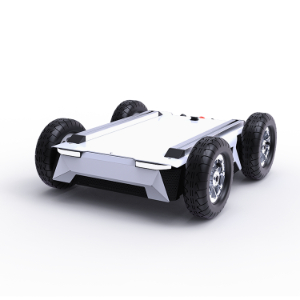 | 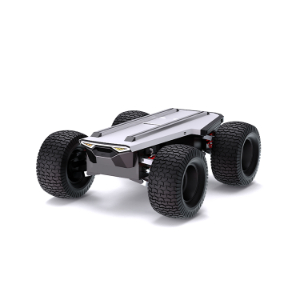 |
| Dimensions | 600*500*200mm | 920*750*350mm |
| Load capacity | 10KG | 50KG |
| Speed (full load test) | 3km/h | 5.4km/h |
| Empty load range | 10km | 10km |
| Drive motor | 100W*2, DC brushed motor | 4x400W, synchronous motor |
| External power supply | 12V/10A | 48V/10A-24V/15A-12V/15A |
| Braking method | Motor braking | Motor braking |
| Parking method | Motor parking | Electromagnetic parking brake |
| Water depth | 40mm | |
| Maximum climbing angle | Full load 10° | Full load 30° |
| Crossing width | Full load 120mm/No load 160mm | Full load 250mm/No load 300mm |
| Obstacle height | Full load 50mm/No load 60mm | Full load 150mm/No load 160mm |
| Communication method | CAN 2.0B | CAN 2.0B |
| Battery capacity | 24V/10AH | 48V/18AH |
| Charging time | 2-3h | ≤4h |
| Charging method | 24V/5A Charger manual charging | 48V/5A Manual charging/Automatic charging |
| Protection rating | IP33 | IP42 |
Application
Our chassis product line is designed to meet full-spectrum scenario requirements, ranging from household service robots to industrial and specialized applications. Through modular design, standardized interfaces, and an open ecosystem, it enables efficient integration with a wide variety of upper-mounted equipment, helping customers accelerate deployment, reduce development costs, and lower maintenance complexity.
Whether it's Cargo Box Integration for logistics AGVs, Spraying Devices for agricultural robots or Sensor Expansion on research platforms, We offer tailored solutions that adapt flexibly to your specific application needs.
Industrial and Logistics Scenarios
Warehouse AGVs (Automated Guided Vehicles): Deployed in warehouses and factories for material handling and sorting tasks. The differential chassis supports flexible turning and precise navigation, making it ideal for fixed-path operations.
Autonomous Delivery Robots: Used in campuses, residential areas, or urban roads. By integrating the differential chassis with LiDAR and vision-based navigation, these robots achieve dynamic obstacle avoidance and intelligent path planning.
Port/Airport Transport Equipment: Heavy-duty differential chassis are suitable for applications such as container handling and baggage transportation. Its modular design allows for easy maintenance and system expansion.
Home and Service Robots
Robotic Vacuum Cleaners / Window Cleaning Robots: The zero-radius turning capability enables smooth navigation around furniture and corners, adapting well to complex home layouts.
Commercial Cleaning Robots: Applied in public spaces like malls and hospitals, these robots combine the differential chassis with map-building algorithms for efficient and large-area cleaning.
Delivery & Hospitality Robots: Equipped with low-speed differential steering, ensure safe human-robot interaction and are well-suited for dynamic environments like restaurants and hotels.
Education and Research Platforms
ROS Robotics Development: open differential kinematics model with CAN bus protocol for easy student validation of SLAM, path planning, AI algorithms (e.g. reinforcement learning).
Mobile Chassis Experiment Kits: modular interfaces allow rapid integration of sensors and robotic arms, serving as standardized teaching tools in university robotics labs.
Algorithm Verification Platform: Used for testing advanced research such as multi-agent collaboration , formation control and autonomous navigation.
Specialty and Extreme Environments
Exploration & Rescue Robots: Equipped with four-wheel differential or tracked chassis , these robots offer enhanced obstacle-crossing capability, make them ideal for operations in disaster areas like earthquake rubble or mine shafts.
Explosion-Proof Inspection Robots: Designed for hazardous environments such as chemical plants and oil/gas stations, these robots support remote monitoring and data collection with high reliability.
Underwater / Polar Exploration Robots: Featuring sealed differential drive systems, these robots are built to operate in extreme conditions, supporting scientific research and resource exploration in marine or polar regions.
Outdoor Operations and Agriculture
Agricultural plant protection robot: Differential chassis adapts to the soft ground in the field, combined with spraying device to complete precise fertilization and weeding.
Power/Pipeline Inspection Robot: In the field or complex terrain, it combines RTK-GPS and visual navigation to realize autonomous inspection.
Outdoor security robots: in park patrol, border monitoring and other scenarios, the differential chassis supports long endurance and complex path tracking.
Military and Security Applications
Military Unmanned Vehicle: 4-wheel differential + all-terrain tires or tracks, used for battlefield material transportation, reconnaissance or de-explosive missions (e.g., U.S. Army “PackBot”).
Border Patrol Robot: Differential chassis combined with sensors to realize all-weather autonomous patrol in harsh environments such as deserts and jungles.
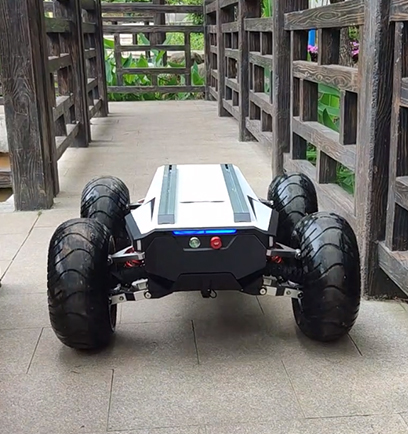

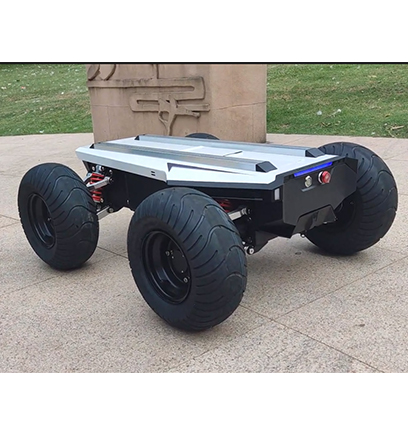
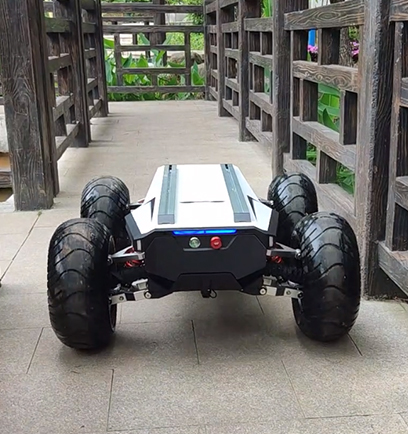
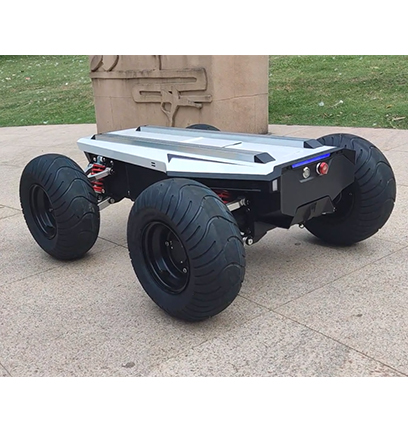
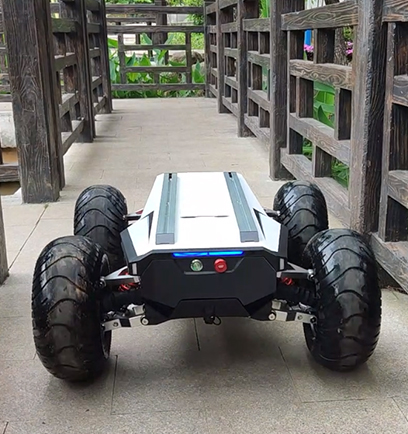
Product Classification
Accelerating the Robot Dream
Empowering robot innovation, providing full-cycle development services, reducing costs, and accelerating the commercialization process.
Contact Us +